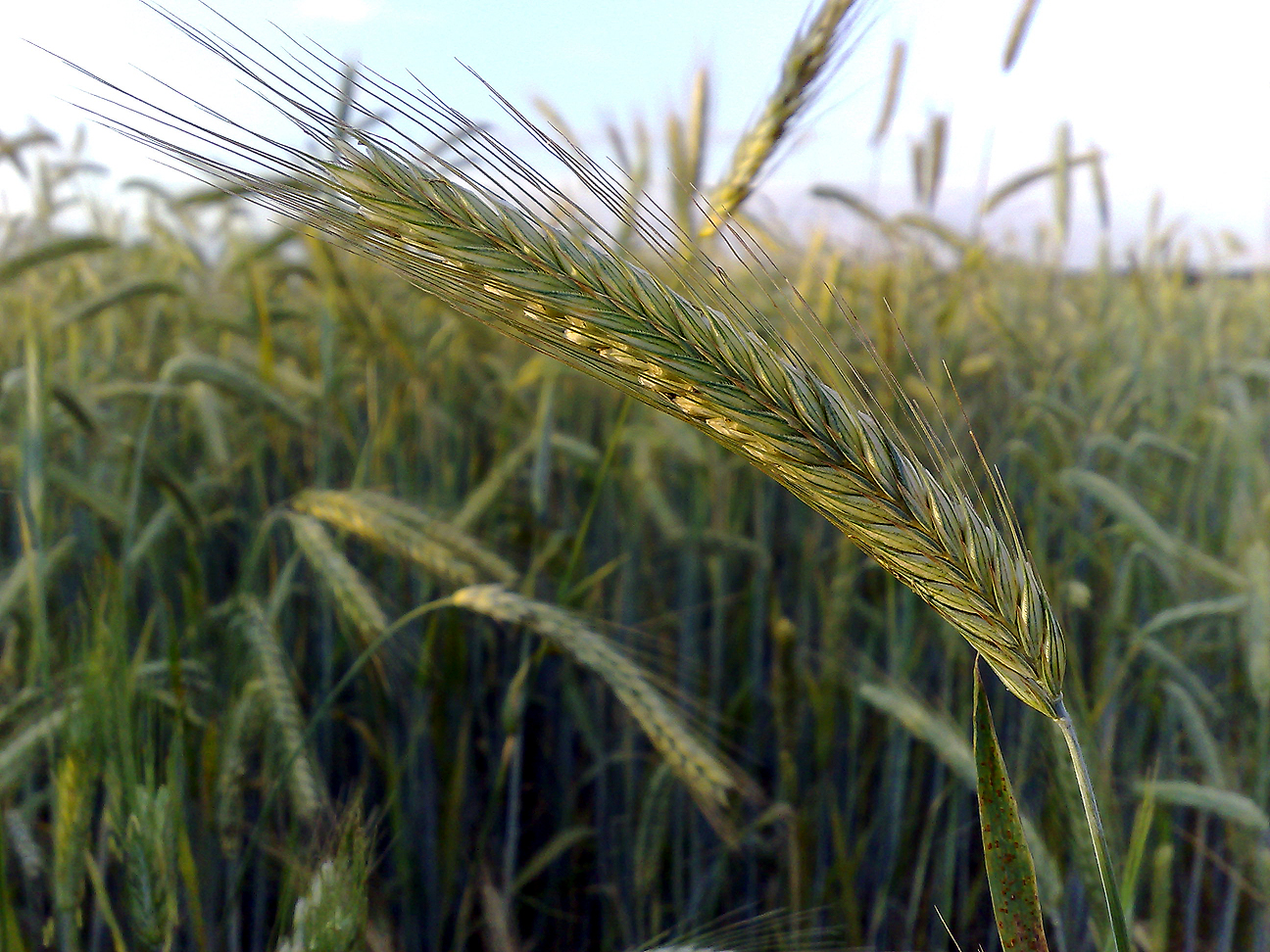As if a six to eight hour brew day wasn't long enough this past brewday I wanted to do more. I wanted to try to make spent grain bread. You may have heard of this and thought, can I do it? The answer is yes. It's super easy!
I modified their recipe down to a more manageable size and removed the milk because I never have milk at home; it always spoils before I drink it all.
1.50 cups spent grain (wet, but drained)
0.75 cups warm water
0.25 cups sugar
2.50 cups all purpose flour (give or take)
0.50 tsp. salt
1.0 egg beaten
0.5 packet dry active bakers yeast
When I made this it was still sticky and wet at first so I added about a half cup more flower. This will depend on the water content of your spent grain. The dough should be tacky, but not sticky or wet. It should stay together and not stick to your hands. Find the right amount of flour for your batch.
Side note on making bread: when you're adding ingrediants at the end to get it to the right texture and consistency add them a little at a time, kneed them in and see if you need more. If you dump a half cup of flour in because it's still a little wet it might become overly dry and break apart; this can be overcome by adding water, but if you add too much you are in a cycle of fail.
So you'll do a rise until it doubles in size, this depends on the ambient temp, in a cool kitchen it could take 2 hours or more, on a hot day with no AC your time will be less.
After the rise punch the dough down and form it into whatever shape you want your loaf to be, I usually make a boule. Let it rise again for about as long as you let it rise the first time. You want the yeast to create little CO2 pockets to keep your bread light and airy.
Bake at 375 for 35 to 45 minutes, when the loaf is hard you should be able to bang on the bottom and should sound hollow, then it's done. The crust will be thick and rustic. Enjoy.
My Results
The bread was good, the crust was thick and dark perhaps a bit over cooked, but the inside of the bread was warm, moist and surprisingly sweet. The spent grains added texture as well to the bread. I'd make it again without hesitation and would enjoy trying bread made from a red or brown ale too.
 It's been a long time. So long that I'm forgetting things that I've learned. Brewing is a skill like any other; use it or lose it as they say. So I thought about recipies, cleaned up all of my gear, and set to work. I wanted to brew something that I'd like to drink so I thought about what I could put on tap at my new house and enjoy drinking through summer into the fall. So nothing too sweet, nothing too heavy, nothing too much... I settled on a porter since my last beer was an imperial IPA with all of the hops.
It's been a long time. So long that I'm forgetting things that I've learned. Brewing is a skill like any other; use it or lose it as they say. So I thought about recipies, cleaned up all of my gear, and set to work. I wanted to brew something that I'd like to drink so I thought about what I could put on tap at my new house and enjoy drinking through summer into the fall. So nothing too sweet, nothing too heavy, nothing too much... I settled on a porter since my last beer was an imperial IPA with all of the hops.
















